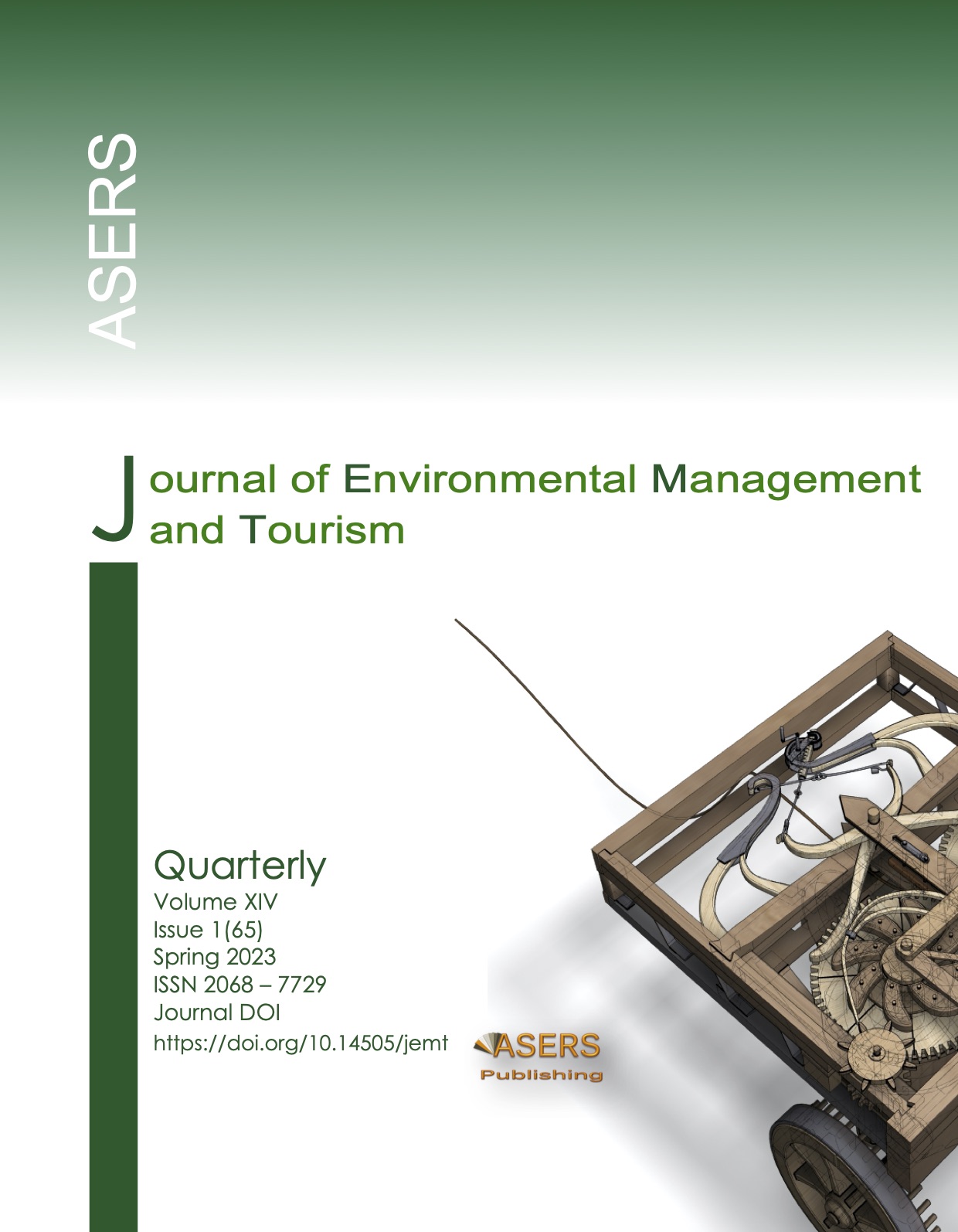Biofuel Production from Animal Waste in Northeastern of Libya: Experimental and Simulation Investigations
Biofuel Production from Animal Waste in Northeastern of Libya: Experimental and Simulation Investigations
Author(s): Monaem Elmnifi, Abdelnaser Omran, Magdi Almosmary, Rahel G. RahelSubject(s): Economy, Energy and Environmental Studies
Published by: ASERS Publishing
Keywords: Aspen Plus simulation; anaerobic digestion; biogas; methane;
Summary/Abstract: The increasing energy demand and the associated environmental pollution have attracted research in renewable energy production from organic resources and waste. Renewable energy resources can reduce greenhouse gas emissions and contribute to energy security. Anaerobic digestion (AD) is an environmentally friendly and effective technique for producing biogas from biomass. This biogas can be used to generate electricity, produce process heat and other energy uses. The Aspen Plus simulation model was used for the AD process for biogas production in this work, with an experiment for anaerobic digestion tank design. The effects of temperature and hydrogen flow at work, the acid content of raw materials, and the operating pressure on biogas production products were analyzed and optimized. The optimum production level for biomethane was 75 liters at the feed flow rate of 20%, a hydrogen flow rate of 180 liters/day, the pressure of 2.5 bar, pH value of 7, and the operating temperature value of 50°C.From the experiment, the results indicated that biofuels could be produced with a cumulative rate of 564.3 m3 and a daily production rate of 18.81 m3 from animal waste.
Journal: Journal of Environmental Management and Tourism (JEMT)
- Issue Year: XIV/2023
- Issue No: 1(65)
- Page Range: 67-81
- Page Count: 15
- Language: English
- Content File-PDF

